-

Furazolidone CAS:67-45-8
Furazolidone is a synthetic nitrofuran antibiotic with broad-spectrum antimicrobial properties. It is commonly used to treat bacterial and protozoal infections in both veterinary and human medicine. Furazolidone works by inhibiting the growth of bacteria and parasites through interfering with their metabolic processes. This antibiotic is known for its effectiveness against various Gram-positive and Gram-negative bacteria, as well as certain protozoa.
-
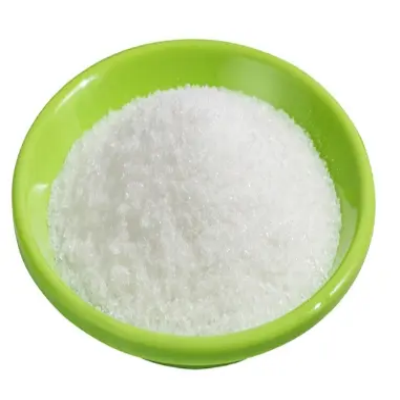
Halquinol CAS:8067-69-4
Halquinol is a veterinary antimicrobial agent with antiprotozoal and antibacterial properties. It belongs to the class of 8-hydroxyquinoline compounds and is commonly used in livestock and poultry production to control and prevent intestinal infections caused by bacteria and protozoa. Halquinol helps improve animal health and performance by targeting specific pathogens in the gastrointestinal tract.
-
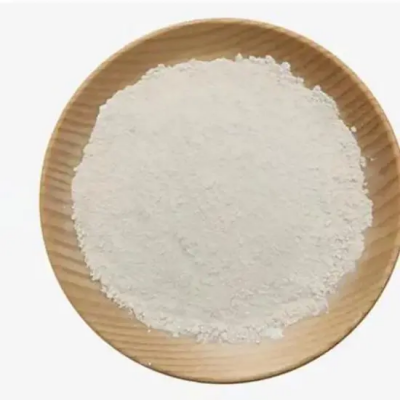
Geneticin disulfate (G418 sulfate) CAS:108321-42-2
Geneticin disulfate, also known as G418 sulfate, is a potent antibiotic derived from Micromonospora rhodorangea. It belongs to the class of aminoglycoside antibiotics and is widely used in molecular biology research as a selective agent for cell culture systems. Geneticin disulfate inhibits protein synthesis in prokaryotic and eukaryotic cells by binding to the ribosome, making it valuable in selecting genetically modified cells expressing resistance genes.
-
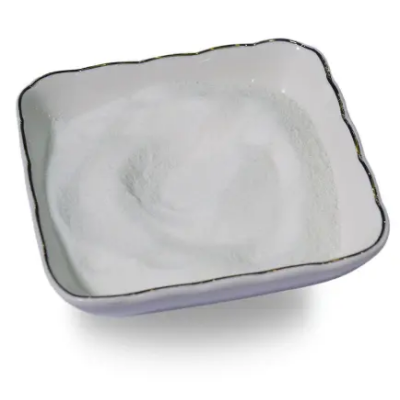
Imipenem monohydrate CAS:74431-23-5
Imipenem monohydrate is a potent broad-spectrum antibiotic belonging to the carbapenem class, effective against various bacterial infections. It works by inhibiting bacterial cell wall synthesis, making it valuable for treating severe infections caused by multidrug-resistant bacteria. Imipenem monohydrate is commonly used in clinical settings to manage complex intra-abdominal infections, pneumonia, urinary tract infections, and sepsis due to its broad coverage against gram-positive and gram-negative bacteria.
-
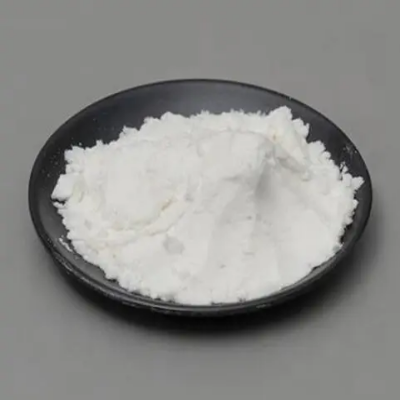
Gramicidin CAS:1405-97-6
Gramicidin is a peptide antibiotic produced by the bacterium Bacillus brevis. It belongs to the class of cyclic lipopeptides and is known for its potent antimicrobial properties against Gram-positive bacteria. Gramicidin disrupts bacterial cell membranes, leading to leakage of intracellular contents and ultimately cell death. It is commonly used in topical formulations, particularly in combination products, for the treatment of superficial infections.
-
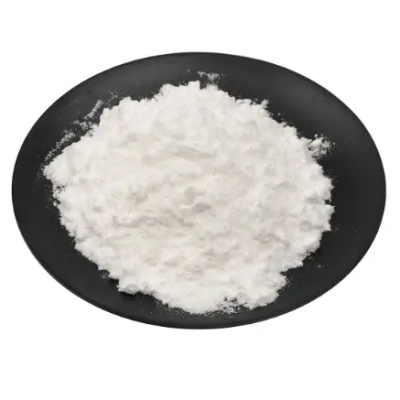
Malonamide CAS:108-13-4
Malonamide is a compound with the chemical formula C3H6N2O, known for its application as an intermediate in organic synthesis. It consists of two amide groups attached to a malonic acid backbone. Malonamide is commonly used in pharmaceutical research and agrochemical industries due to its versatile reactivity and ability to form complex molecular structures.
-
![H-Pyrrolo[2,3-b]pyridine,4-bromo- CAS:348640-06-2](https://cdn.globalso.com/xindaobiotech/1PVCWDXWOHHKL3W5QF_O26.png)
H-Pyrrolo[2,3-b]pyridine,4-bromo- CAS:348640-06-2
H-Pyrrolo[2,3-b]pyridine, 4-bromo- is a chemical compound with the molecular formula C9H6BrN. It belongs to the pyrrolopyridine class of heterocyclic compounds and features a bromine atom at the 4-position. This compound is known for its structural complexity and significance in organic synthesis. H-Pyrrolo[2,3-b]pyridine, 4-bromo- serves as a valuable building block in the preparation of diverse molecules due to its unique reactivity and potential applications.
-
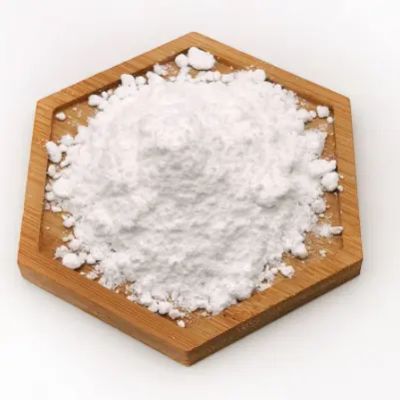
Methyl4-amino-2-methoxybenzoate CAS:27492-84-8
Methyl 4-amino-2-methoxybenzoate is a chemical compound with the molecular formula C9H11NO3. It consists of a benzoic acid derivative substituted with an amino group at the 4-position and a methoxy group at the 2-position. This compound exhibits unique chemical properties that make it valuable in various organic synthesis reactions and research endeavors.
-
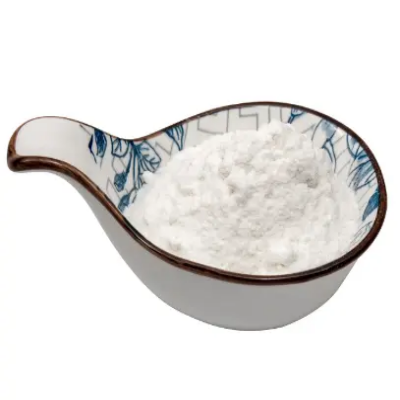
triethylamine–borane CAS:1722-26-5
Triethylamine–borane is a chemical compound with the formula C6H15BN. It is a versatile reagent composed of triethylamine coordinated to borane. This compound serves as a mild reducing agent commonly used in organic synthesis for various transformations. Triethylamine–borane exhibits unique properties that make it valuable in reducing carbonyl compounds, imines, and other functional groups while maintaining high selectivity and efficiency in chemical reactions.
-
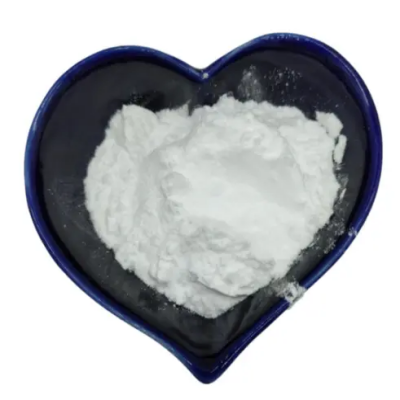
QuetiapineFumarate CAS:111974-72-2
Quetiapine fumarate is a pharmaceutical compound used for the treatment of psychiatric disorders such as schizophrenia and bipolar disorder. It belongs to the class of atypical antipsychotic medications and works by affecting the actions of certain chemicals in the brain that are associated with mental illnesses. Quetiapine fumarate is available in various formulations and dosages prescribed by healthcare professionals based on individual patient needs.a
-
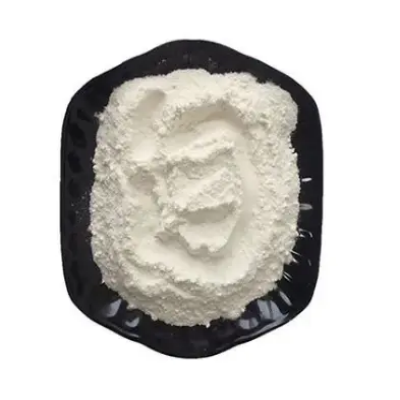
7-Bromo-2-naphthalenol CAS:116230-30-9
7-Bromo-2-naphthalenol is a chemical compound with the molecular formula C10H7BrO. It belongs to the class of brominated naphthalenol derivatives and is commonly used as a versatile building block in organic synthesis. This compound is known for its bromine substitution on the naphthalenol ring, which imparts unique reactivity and properties suitable for various chemical reactions and applications in research and industry.
-
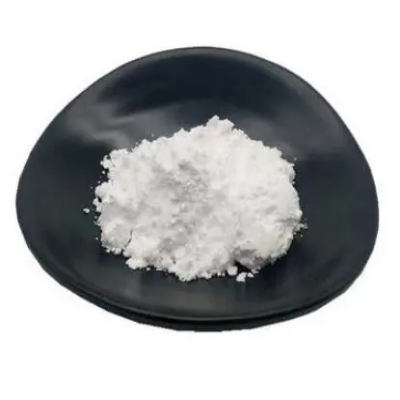
6-Bromoisatin CAS:6326-79-0
6-Bromoisatin is a chemical compound with the molecular formula C8H5BrNO2. It belongs to the class of isatin derivatives, containing a bromine atom at the 6-position of the isatin ring structure. This compound is known for its unique properties and biological activities, making it a valuable tool in various research fields such as medicinal chemistry and bioorganic chemistry.

